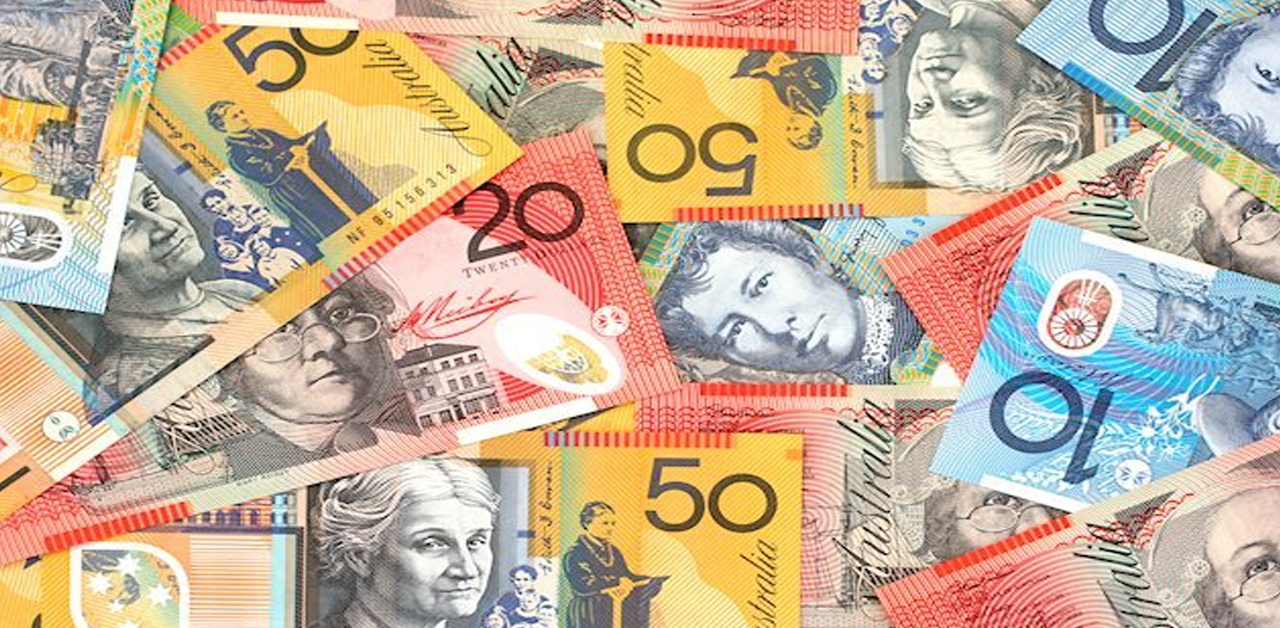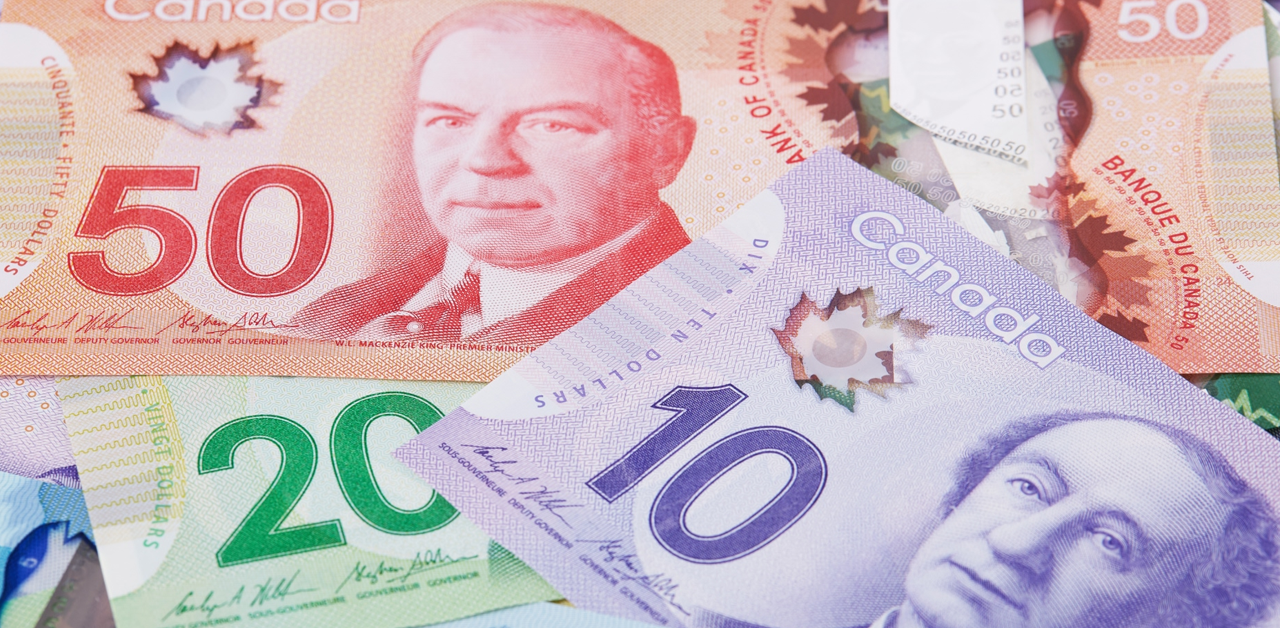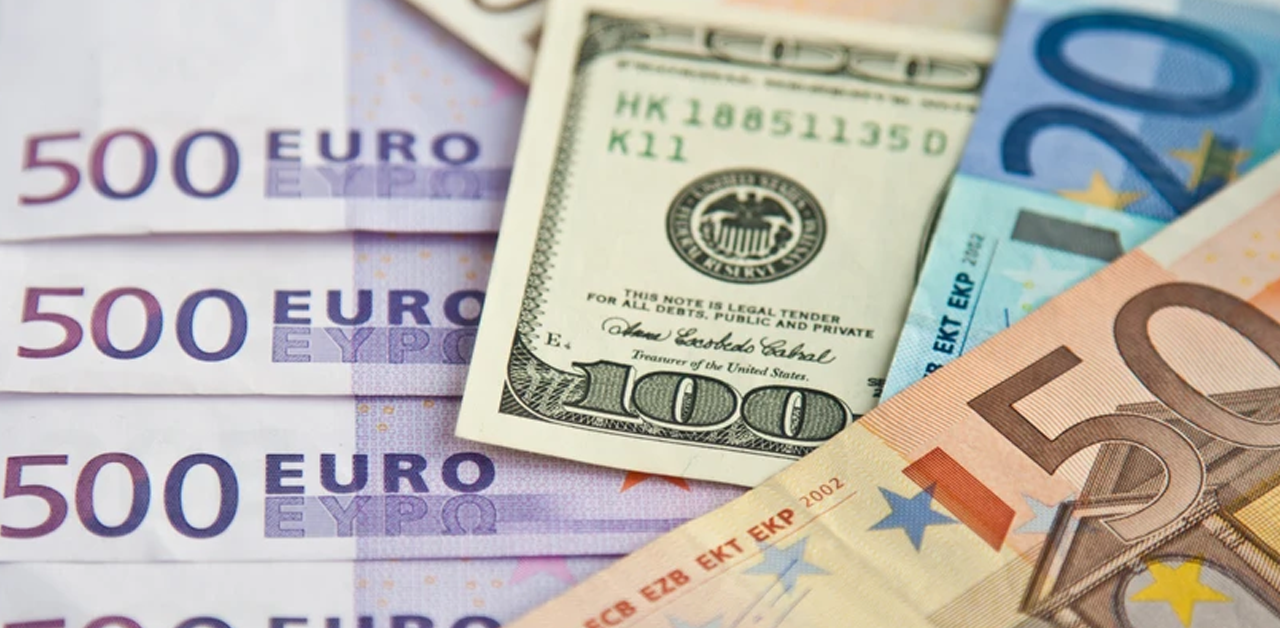EUR/USD slips below mid-1.0800s ahead of Eurozone CPI and US PCE Price Index
The EUR/USD pair faltered just before dawn, slipping below the mid-1.0800s. The numbers showed a partial retreat from yesterday’s high near 1.0870—a figure that hadn’t been seen in over a week and a half. Buyers had slowed, and the dollar, never one to wait, began edging its way back up.
In the States, the data told a clear story. The economy stood firm, not teetering, with the Fed perhaps softening, though slowly. The ADP report showed private employers put 233,000 new hires on the books in October. It wasn’t a surge, but it was steady enough to keep spending up and inflation hovering. So the Fed, it seemed, would trim rates, yes—but gradually. Enough to keep the dollar propped, at least for now.
Meanwhile, the Bureau of Economic Analysis pegged growth at 2.8% for April through June, not as much as last quarter, but enough to temper any big cuts. Treasury yields began their climb, stirring the dollar to hold its ground. The euro had little space to maneuver, pinned beneath the weight of American bonds.
Across the Atlantic, numbers trickled in. Germany, Europe’s engine, surprised everyone—growth of 0.2% in Q3. It was small but real, enough to make investors pause, rethinking bets on deep rate cuts from the European Central Bank. Eyes were set on the Eurozone CPI for Thursday, a glance backward before the day could move forward.
In North America, the PCE Price Index, the Fed’s compass, would soon tell where rates would settle next. Meanwhile, risk brewed quietly in the background, lifting the Greenback, and the trade was there—if you had the nerves for it.











